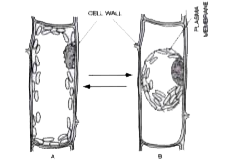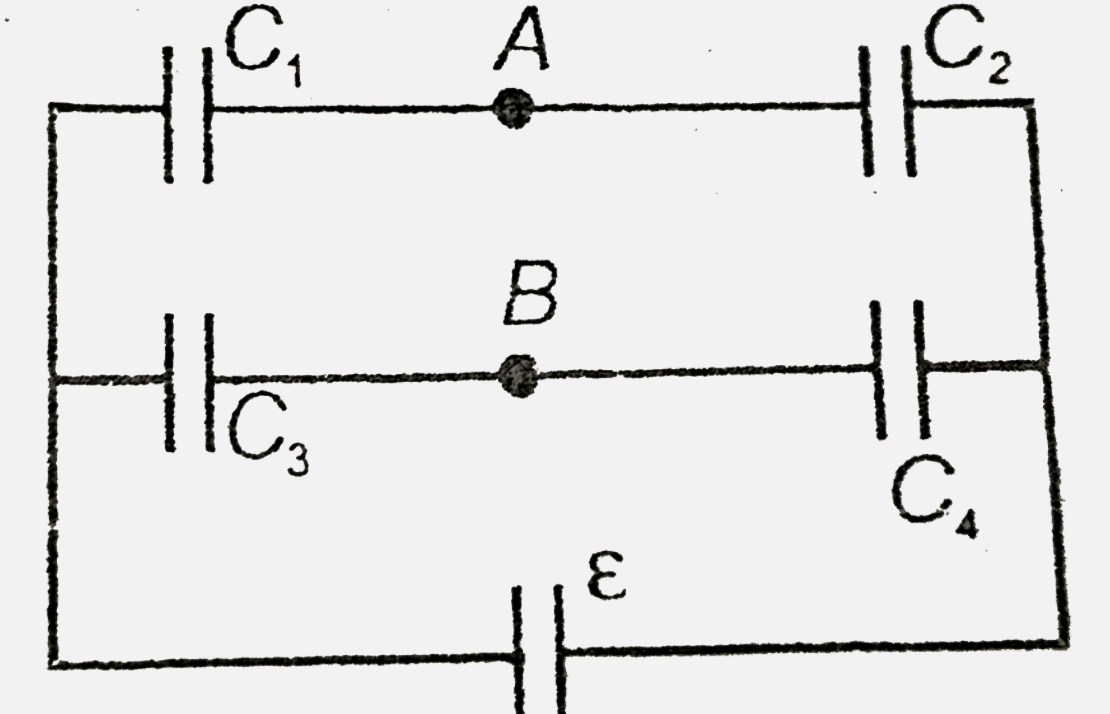Under what conditions is the matrix is true?
To determine under what conditions the equation A2−B2=(A−B)(A+B) holds true for matrices A and B, we can start by analyzing both sides of the equation.
1. Understand the Equation:
We need to verify the equation A2−B2=(A−B)(A+B).
2. Expand the Right-Hand Side:
Using the distributive property of matrices, we can expand the right-hand side:
(A−B)(A+B)=A(A+B)−B(A+B)
=A2+AB−BA−B2
3. Rearranging the Right-Hand Side:
Now, we can rearrange the terms:
=A2−B2+AB−BA
4. Setting Both Sides Equal:
Now, we set the left-hand side A2−B2 equal to the expanded right-hand side:
A2−B2=A2−B2+AB−BA
5. Simplifying the Equation:
By subtracting A2−B2 from both sides, we get:
0=AB−BA
6. Conclusion:
The equation AB−BA=0 implies that AB=BA. This means that the matrices A and B must commute for the original equation to hold true.
Final Condition:
Thus, the condition under which the equation A2−B2=(A−B)(A+B) is true is that the matrices A and B must commute, i.e., AB=BA.
We need to verify the equation A2−B2=(A−B)(A+B).
Using the distributive property of matrices, we can expand the right-hand side:
(A−B)(A+B)=A(A+B)−B(A+B)
=A2+AB−BA−B2
Now, we can rearrange the terms:
=A2−B2+AB−BA
Now, we set the left-hand side A2−B2 equal to the expanded right-hand side:
A2−B2=A2−B2+AB−BA
By subtracting A2−B2 from both sides, we get:
0=AB−BA
The equation AB−BA=0 implies that AB=BA. This means that the matrices A and B must commute for the original equation to hold true.
Thus, the condition under which the equation A2−B2=(A−B)(A+B) is true is that the matrices A and B must commute, i.e., AB=BA.
Topper's Solved these Questions
Similar Questions
Under what conditions is the matrix equation A2−B2=(A−B)(A+B) is true?
View SolutionUnder what conditions is 2x2+kx+2 always positive ?
View SolutionIf A and B are square matrices of size n×n such that A2−B2=(A−B)(A+B), then which of the following will be always true
View SolutionGiven below are diagrams of plant cells as seen under the microscope after being placed in two different solutions :

Under what conditions in the soil will root hair cell resemble : (1) Cell A (2) Cell B?
View SolutionUnder what conditions do a plant transpire (a) more quickly and (b) most slowly?
……………………………………
View SolutionState with reason, whether the following are true of false. A, B and C are matrices of order 2×2.
A2−B2=(A+B)(A−B)
View SolutionIf →A+→B=→C under what condition A2+B2 will be equal to C2 ?
View SolutionThe rate of effusion of two gases 'a' and 'b' under identical conditions of temperature and pressure are in the ratio of 2:1 What is the ratio of rms velocity of their molecules if Ta and Tb are in the ratio of 2:1?
View SolutionDetermine the potential difference VA−VB between point A and B of the circuit shown in figure . Under what condition is it equal to zero ?

View SolutionIf B is an idempotent matrix, and A=I−B, then
View Solution